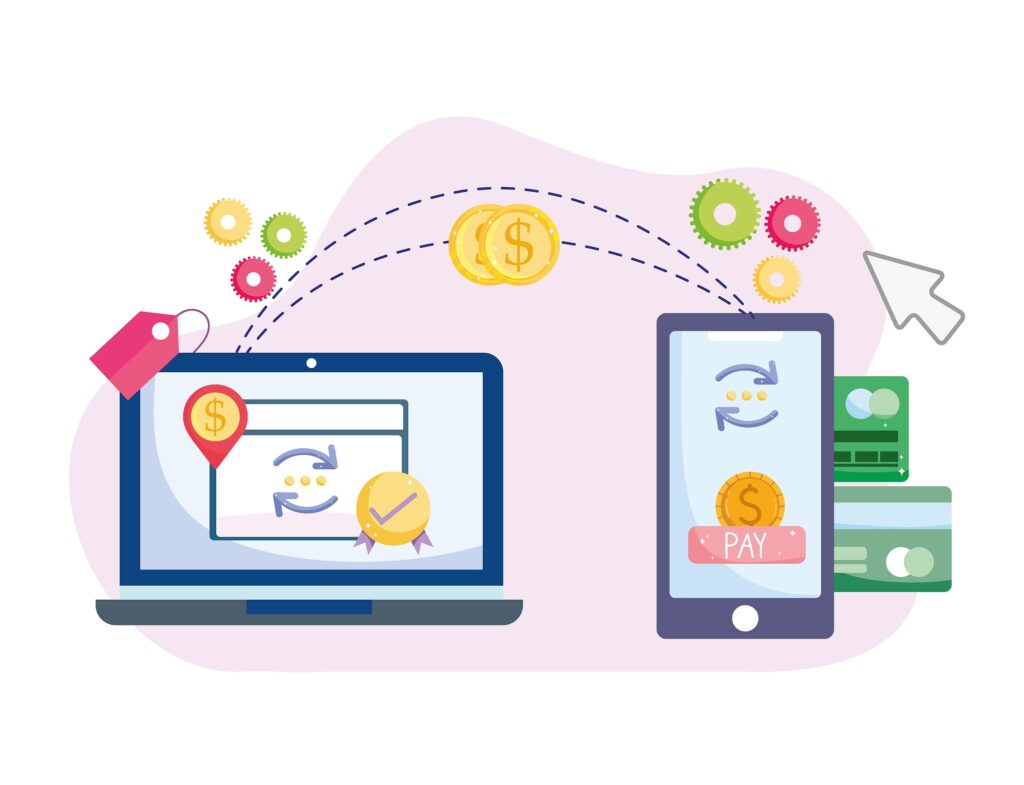Money transfers are quite important in our daily lives. We use them to pay for services, send rent to a landlord, or aid a family member in need. In the past few years, the way we transfer money has changed a lot.
Earlier, you had to go to the bank and write a cheque, but now you can do it right from your couch. Thanks to new technologies, sending money is now quicker, safer, and easier. This change, from cheques to online banking and beyond, shows how our money habits have changed to fit a more digital world. This has made transactions easier for both people and businesses.
The Era of Paper-Based Transfers
Before the digital age, people used checks and demand drafts to send money. People had to go to banks, fill out documents, and wait days for the money to go through. Not only was it slow, but it also took a lot of labour to do things like check signatures and move cheques between branches. A tiny mistake could make the procedure take even longer. This typically meant long wait times and less flexibility for both businesses and people. These paper-based solutions worked well for that period, but they weren’t as fast or easy as the money transfer mechanisms we use today.
The Rise of Electronic Fund Transfers
The change from paper to electronic financial transfers was a big change in banking. NEFT (National Electronic Funds Transfer), RTGS (Real-Time Gross Settlement), and ECS (Electronic Clearing Service) have altered the way money moves. It has become faster, more accurate, and less reliant on manual work. People may send large or small amounts of money across the country without going to a bank.
Further, ECS made it easier to keep track of bills and pay cheques. These techniques cut down on mistakes and delays by a huge amount and make things much easier than using paper-based approaches.
The Shift to Net Banking
Net banking made things even easier because people could manage their money from home. No more waiting in long lines or rushing to the bank before it closed. Now, transfers could be made with just a few clicks. With 24/7 access, users could get to their money whenever and wherever they wanted. One-time passwords (OTPs), encryption, and two-factor authentication were some of the security features that made online shopping safer. As consumers learned more about technology, they felt more at ease using banking apps and websites. This shift not only made routine transactions easier, but it also provided users more power over their money.
The Present and the Future
It’s easier and faster than ever to send money. With mobile banking apps and UPI (Unified Payments Interface), sending money is as straightforward as sending a text message. When you buy groceries, split a bill at a cafe, or shop online, money moves right away. You don’t even need to give your bank information most of the time. This convenience in real time is becoming a part of everyday life.
But this isn’t the last step. The world we live in is changing because of AI, biometrics, and automation. AI is helping to uncover fraud as it happens, and biometric authentication, such as fingerprints and facial recognition, is making online banking even secure. Automation is making everything easier, from keeping track of investments to paying bills. As these technologies improve, we’re getting closer to a world where money transactions are not just easy but also smart. It all started with a check, but today it’s a smart, safe digital experience that changes with us.
Conclusion
The way money moves has changed drastically, from asking “Do you have a change?” to “Should I send it online?” Sending money isn’t a hassle anymore, it’s more convenient than ever, and we’re just going to move forward. But one thing that isn’t going to change is the fact that you’ll still need a bank account. If you’re looking for a bank to open your bank account and start paying online, make sure you choose the right partner!




